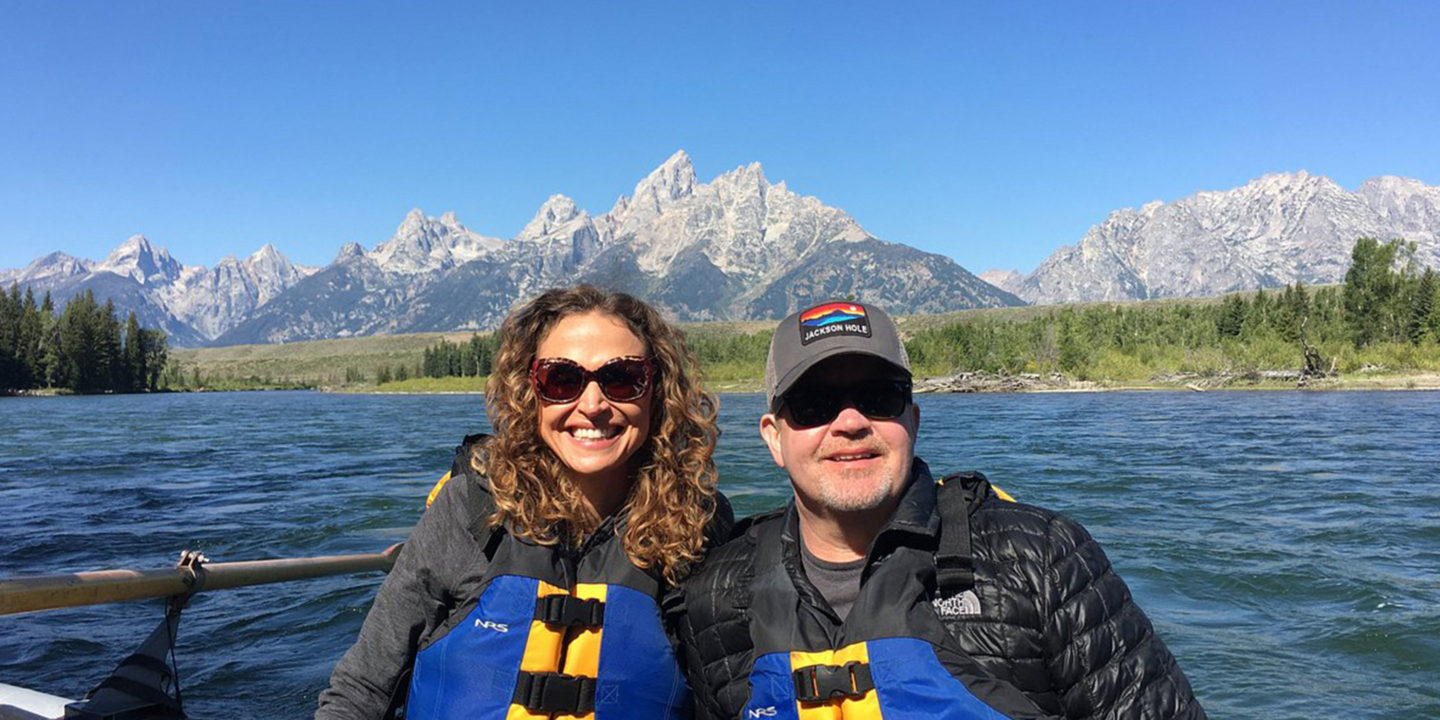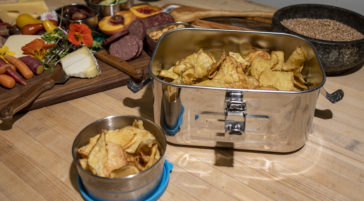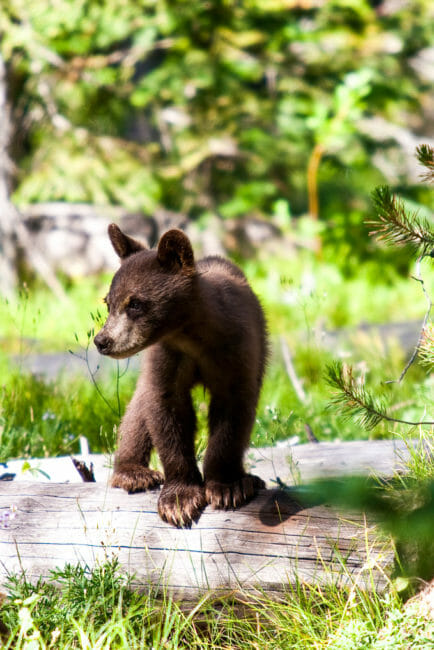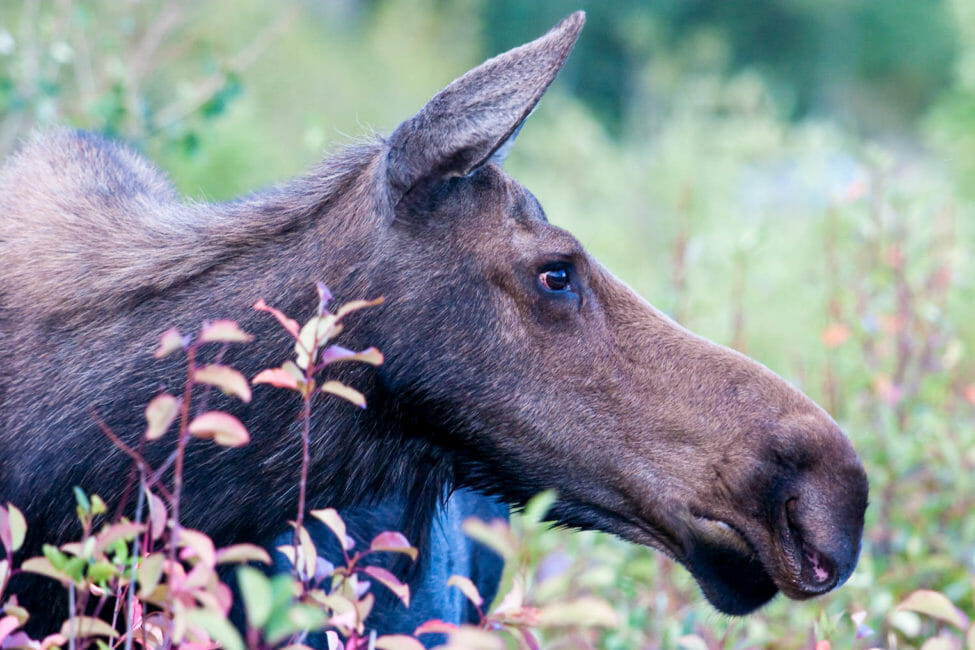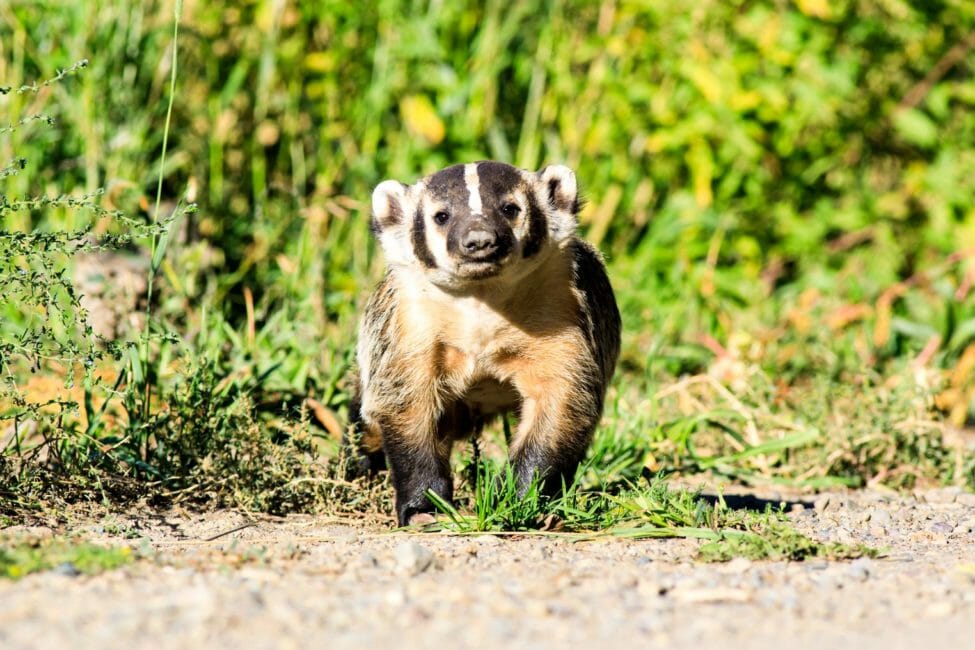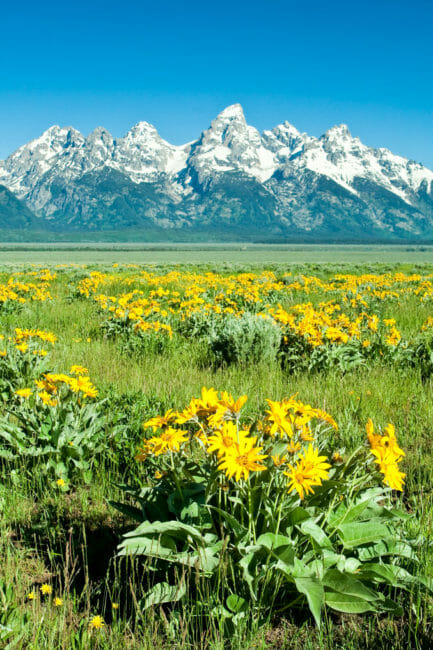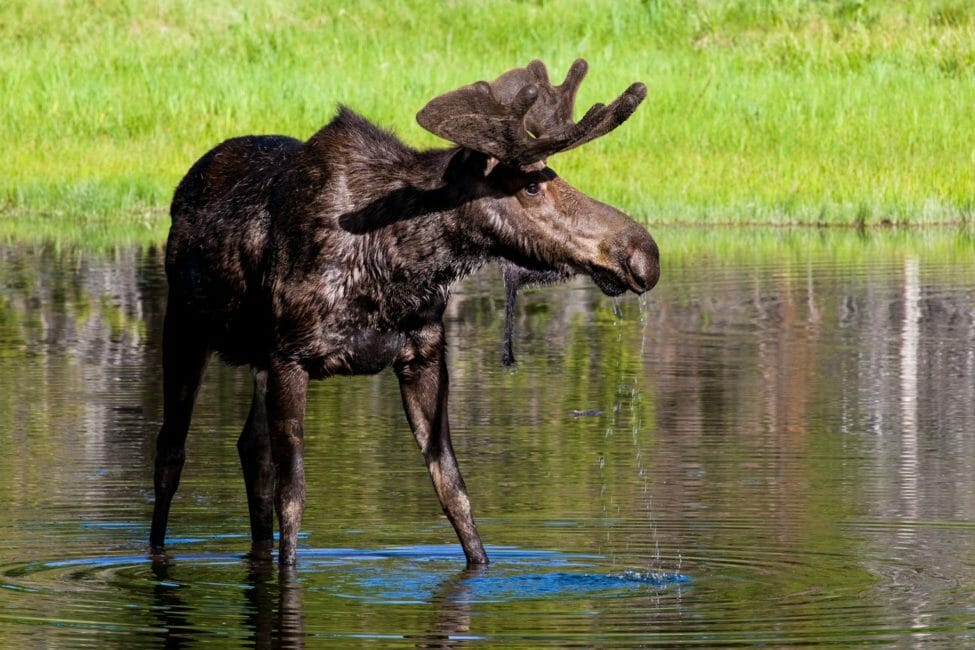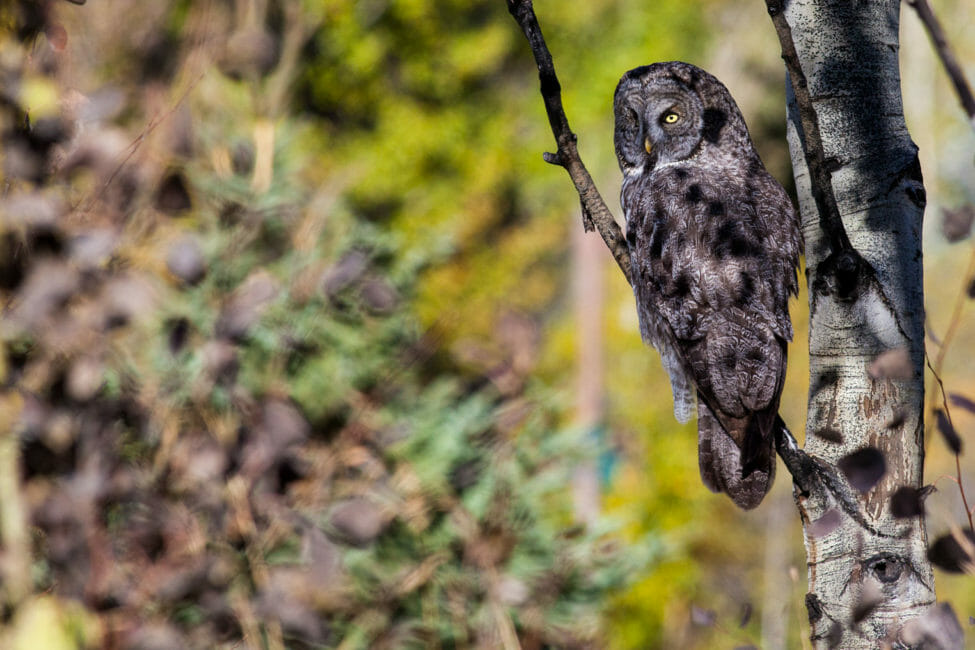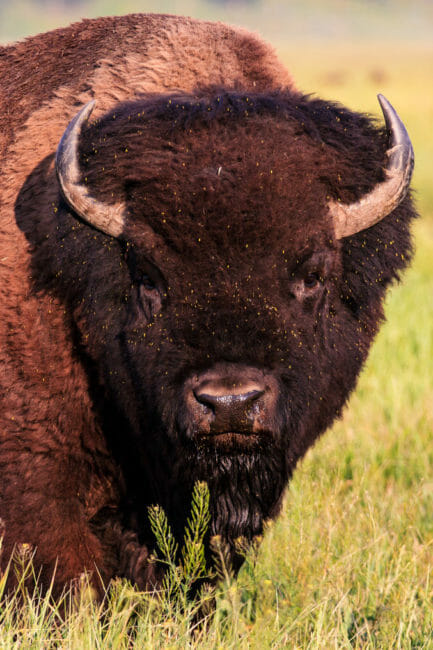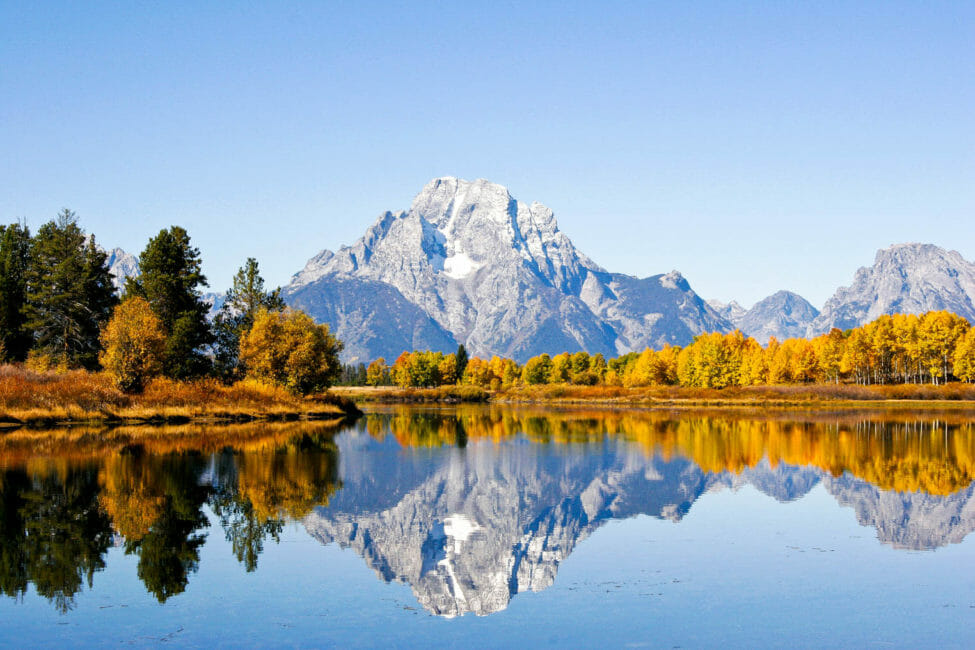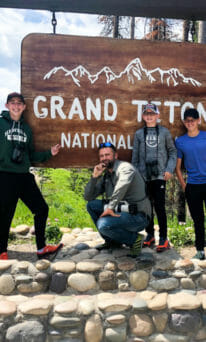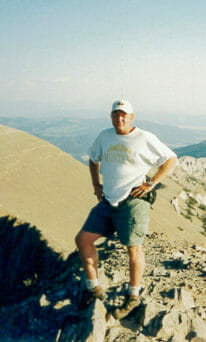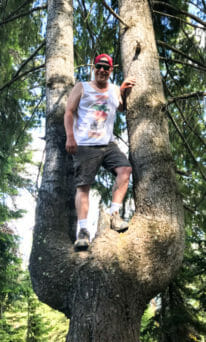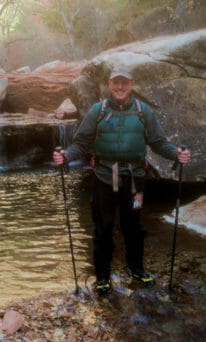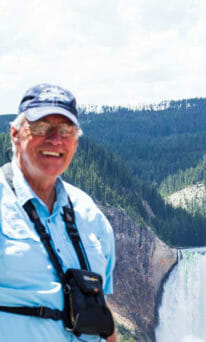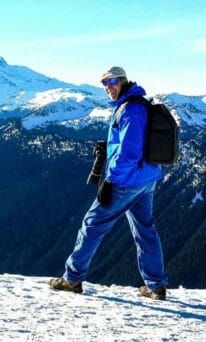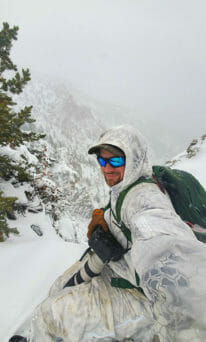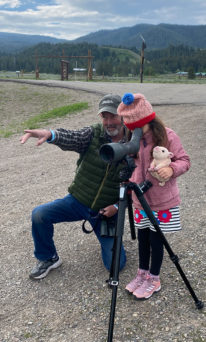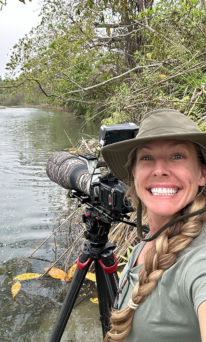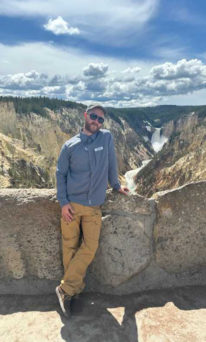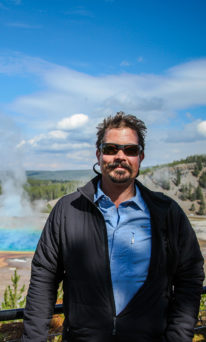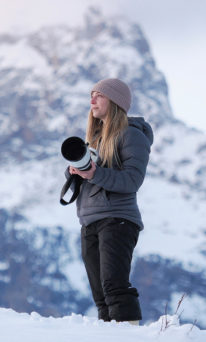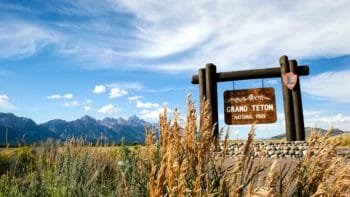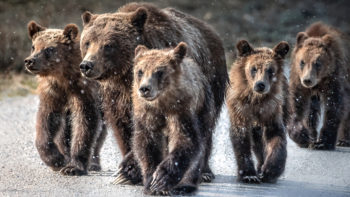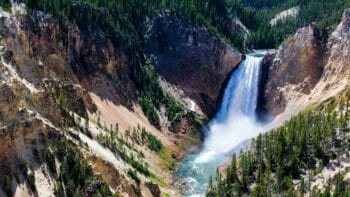Overview
Spend a full day touring Grand Teton National Park by land and by water and experience the Greater Yellowstone Ecosystem in a truly unique way. Jackson Hole Wildlife Safaris and Solitude Float Trips have partnered to provide you an unforgettable day in the park – and you can only get it by booking right here. This is the only wildlife safari / scenic float tour entirely within Grand Teton National Park.
We’ll spend the day searching for larger mammals, like grizzly bear, black bear, moose, bison and elk. Our professional guides will navigate you along the roadways that loop around forests and along the shorelines of beautifully clear, glacially fed lakes. We will spend our time on road-based wildlife spotting, pausing during the day for a river-based adventure, where we join our partner for a 10-mile scenic float on the Wild and Scenic Snake River in Grand Teton National Park where you may spot bald eagles, osprey, marmots or beavers. From the Snake River, you will witness the glory of the dramatic Teton Range with photo opportunities that Ansel Adams could only dream of. This tour will reveal the wonderful variety of alpine scenery that can be found throughout the park, and it provides opportunities to access a spectrum of habitats where different wildlife species can be found.
Highlights
- National Park Tour & Wildlife Watching
- Stunning Alpine Landscapes & Photo Opportunities
- Snake River Scenic Float Trip in Grand Teton National Park
Your exact route and itinerary will be determined by your interests, current wildlife sightings, and current weather and road conditions. Our guides are all highly experienced, with thousands of hours in the field, and will expertly tailor your safari to you and your group.
This tour is based on the availability of our scenic float partner. If a departure is not available, we will provide alternative dates to choose from, or a refund, if no suitable dates can be found.
Grand Teton National Park, located in Wyoming, is a remarkable destination that encompasses both the breathtaking Teton Mountain Range and the scenic Jackson Hole valley. Its vast expanse of over 300,000 acres serves as a sanctuary for diverse wildlife and their vital habitats, while also reminding us of the importance of preserving our natural world amidst the ever-expanding human development.
The Teton Mountain Range stands proudly on the western side of Jackson Hole, resembling a majestic rocky crown. Visitors often find themselves captivated by the mountains, sometimes overlooking the incredible beauty of the surrounding geographic “hole.” In every direction, whether it’s the North, East, West, or South, one is greeted by awe-inspiring mountain vistas. These peaks rise to elevations exceeding 12,000-13,000 feet, with the Grand Teton being the tallest at an impressive 13,775 feet. The range’s steep, rocky terrain lacks foothills and seamlessly transitions into the high alpine regions from the valley floor. These young mountains, shaped by geological forces over time, boast dramatic jagged peaks that have yet to be weathered by wind, snow, and rain. Their presence has significantly influenced the biodiversity and anthropological history of Jackson Hole. The mountains, combined with the region’s extreme winters, have created natural barriers and selective pressures that favor larger mammals like elk, moose, and bison, while limiting the survival of reptiles and amphibians.
The valley floor, sitting over 6,000 feet above sea level, appears relatively flat and open, save for the sculpting forces of rivers and past glacial activity that have shaped depressions and moraines. Here, a unique habitat known as a steppe prevails, characterized by high elevation desert conditions with sagebrush as the predominant shrub. As one ventures closer to the base of the surrounding mountain ranges, the sagebrush gives way to diverse evergreen species and groves of aspen trees. At elevations above 9,000 feet, the terrain transforms into a rugged alpine habitat, with the tree line fading into exposed rock, permanent snowfields, and sharp, jagged peaks.
The varied habitats within the park have nurtured a rich array of species, including some of North America’s largest land mammals. Bison, weighing up to 2,000 pounds, and moose, reaching a maximum of 1,200 pounds, roam these lands. Apex predators such as the gray wolf and the grizzly bear, vital to the ecosystem’s balance, can also be found here. These predators help control the populations of prey species like elk and deer, preventing overpopulation and maintaining a healthy ecosystem. Additionally, Jackson Hole is home to an impressive diversity of unique species, including the pronghorn, the fastest land mammal in North America, the industrious beaver, the elusive badger, the regal bald eagle, and the playful river otter, among many others. The biodiversity found in this area seems endless.
The human history of Grand Teton National Park dates back approximately 11,000 years when indigenous peoples migrated north as the last ice age receded. While it is believed that these native communities did not have permanent settlements in the valley, they would spend summers there and seek warmer locations during winter. It wasn’t until the 1860s that people began to settle and develop Jackson Hole, a challenging endeavor due to the rugged terrain and steep mountains. However, the allure of owning land outweighed the obstacles, and by the time Grand Teton National Park was established in 1929, homesteads could be found throughout the valley floor. The expansion of human development had a significant impact on the local wildlife and their habitats, prompting conservation efforts that continue to preserve and enhance the natural diversity of the region.
While exploring Grand Teton National Park, guests can embark on a 10-mile scenic float with Solitude Float Trips, providing an opportunity to experience the park’s beauty from a unique perspective. This leisurely float trip allows you to soak in the picturesque surroundings while peacefully gliding along the serene waters. Marvel at the towering Teton Range, the pristine wild and scenic river, and the possibility of encountering wildlife along the way. By combining a wildlife safari tour and scenic float trip all in one, you get the best of both worlds, all in the same day.
What's Included
-
Hotel pickup
-
Professional naturalist guide
-
Small group safari: 8 guests per vehicle, maximum
-
Snake River scenic float in Grand Teton National Park
-
Light breakfast
-
Assorted snack basket
-
Lunch
-
Hot and cold beverages
-
Use of UHD binoculars and spotting scopes
-
Life jacket
-
Guide gratuities
-
National Park entrance fees
Public Safari
Private Safari
Pick-up Times
All guests are picked up and returned to their place of lodging. We pick up at hotels and condos in Jackson and Teton Village. Your exact pick up time will be determined by your hotel location and the season. Please make note of your pickup time, and save it for your reference.
Please give your guide an additional 5-10 minutes before and after the scheduled time to allow for other pickups or traffic conditions. Changes to trip timing may be made to accommodate daylight and/or optimum wildlife viewing.
Approximate pickup times for Jackson Hole include:
May 15 – September 14
- 6:30 AM – Town of Jackson locations
- 6:45 AM – Wilson, Aspens, Amangani and Spring Creek locations
- 7:00 AM – Teton Village locations
September 15 – September 30
- 7:00 AM – Town of Jackson locations
- 7:15 AM – Wilson, Aspens, Amangani and Spring Creek locations
- 7:30 AM – Teton Village locations
Private safari guests are picked up at 6:30 AM from May 1 – September 14, and at 7:00AM from September 15 – September 30.
On the Menu
Excellent customer service, high quality product, thoughtful and intentional production.
Jackson Hole Wildlife Safaris is proud to partner with Teton Lunch Counter to serve a locally-sourced, sustainable lunch option for all our guests on this tour. The menu includes a sandwich with meats, veggies, and bread, served with chips and a cookie, all from locally-grown products and nearby vendors. Lunch is served in a zero-waste, reusable container.
Since the products come from small growers, bakers and butchers, some substitutions may be made for ingredients that are temporarily or seasonally unavailable. The folks at Teton Lunch Counter will make sure that each meal is sustainably sourced and spectacularly delicious, no matter the season.
Vegan, vegetarian and gluten free meals are available. Please indicate if you have a food allergy at the time of booking so we can discuss your meal options prior to your tour.
We did the float trip our first day in the Grand Tetons. Our guide was terrific- so friendly- the perfect mix of giving us info and letting us enjoy the breathtaking views. We spotted bald eagles and a deer wading in the water. Kids loved it too. Would definitely recommend this tour for anyone- couples, families, friends.
Safari Tour Gallery
All photography has been shot by our talented tour guides.
FAQs
What animals will we see in Grand Teton National Park?
The wildlife you may see in Grand Teton National Park varies by season. Some animals migrate, some animals hibernate and some animals are visible throughout the year, if you know where to look. In spring, you might find grizzly bears, black bears, mountain bluebirds and bison calves. In the height of summer, you’re more likely to find bison and pronghorn. In the autumn, black bears and moose may be easier to spot. During the winter months, you may see elk, bighorn sheep, moose (possibly without their antlers), coyotes, foxes, and more.
What should I wear on a Grand Teton float trip?
Please dress comfortably for your tour – layers are always a good idea. The morning may be cool, even in the summer months, so it’s important to have a layer you can remove later on when it warms up. Dress in shoes that you are comfortable walking around in. While you’re on the river, you can expect to stay relatively dry. It may feel slightly cooler on the raft, so it’s advisable to have an extra layer handy in case you feel the need for additional warmth. You’re welcome to bring a small backpack on the river for your personal belongings, (make sure you don’t leave personal items in the river shuttle vehicle, as you will not be returning to that vehicle). Your feet should remain dry, allowing you to wear most types of shoes like tennis shoes or walking shoes. However, please avoid wearing footwear that could potentially damage the raft, such as cleated hiking boots, sandals with heels, or shoes with hard soles. Sunglasses and a hat is generally advisable – and don’t forget to apply sunscreen before you head outside for the day.
Which is the most scenic section of the Snake River to float?
The Snake River offers a multitude of scenic sections to float, each with its own unique beauty and charm. However, one particularly picturesque stretch renowned for its captivating scenery is the portion that runs through Grand Teton National Park. As the river meanders through the park, it winds its way at the base of the majestic Teton Mountain Range, offering breathtaking views of towering peaks, lush alpine forest, and high altitude meadows. The tranquil waters of the upper Snake River reflect the surrounding landscape, creating a serene and awe-inspiring atmosphere. Floating along this section of the Snake River in Grand Teton National Park provides an immersive experience in the heart of one of nature’s most remarkable and breathtaking landscapes.
The designation of the Snake River in Grand Teton National Park as a Wild and Scenic River (2009) stands as a testament to its exceptional natural value and the need for its preservation. This prestigious designation recognizes the river’s remarkable qualities, including its outstanding scenic beauty, pristine water quality, and diverse ecosystem. As the river winds through the heart of the park, carving its way at the base of the mountains and offering awe-inspiring views of the iconic Teton Range, its waters support a rich array of plant and animal life, making it a vital habitat for numerous species. The designation as a Wild and Scenic River serves to protect and maintain the river’s unique character, ensuring that future generations can continue to marvel at its splendor and enjoy the transformative experiences it provides.
Do we need to be fit or active to participate on a wildlife safari or scenic float?
While a wildlife safari may not entail as much physical exertion as other outdoor activities, it’s important to consider a few factors when assessing your readiness for this experience. Grand Teton National Park is situated at high elevation, which necessitates proper hydration in the summer months especially. The majority of walks during the safari are optional, providing you with the flexibility to tailor your activity level according to your personal comfort. This allows you to enjoy the safari at a pace that suits you best while taking into account the unique characteristics of the park’s elevated terrain.
Participating in a scenic float does not require a high level of athleticism, but it does necessitate some degree of agility and mobility. While our drivers and guides are available to provide assistance, it is essential that you take personal responsibility throughout the duration of the trip. Transportation to the launch site will be in a 15-passenger van, which may require stepping up into the vehicle and possibly climbing into the back, if needed. The van ride itself is relatively short, lasting around 15-20 minutes. Upon arrival at the launch site, you will encounter three steps leading to the trailer used as a dock. From there, you have a short walk to the raft and a significant step down, into the raft. Once aboard the raft, seating is on the tube without any shade cover or solid back support. When the trip concludes, disembarkation involves walking on uneven ground up a river bank for approximately 5 yards until reaching a flat pavement area. It’s important to note that the landing area may vary depending on the time of year, with limited maneuvering space when water levels are high during the spring season.
As our collective office staff cannot fully assess individual circumstances from a distance, we kindly request that you honestly reflect on these requirements and determine for yourself whether you feel capable of participating in this activity. Your safety and comfort are of utmost importance, and we want to ensure that you have an enjoyable experience on safari and on the river with us.
Are there age limits or special requirements for either the wildlife safari or scenic float?
For an open safari, we ask that children are 8 and older in order to participate. Children under 8 years of age may not be booked on an open safari. For this particular tour, because every guest will participate on the Grand Teton Scenic Float as well, the minimum age for our private tours will be 6 and older. (Our wildlife safaris that are strictly van-based do not have an age minimum for private tours). Children under 45lbs will not be allowed to participate because they cannot safely fit into a required flotation device.
Guests weighing more than 260lbs (118kg) or who have a chest circumference of more than 56in (142cm) may not fit into the universal floatation device required for the river. Please contact us immediately if you are questioning your ability to participate.
We will have a few vehicle transitions throughout the day as well as short walking distances on uneven or unstable terrain. Guests with limited mobility should contact us directly to discuss these concerns. We will help you evaluate the minimum requirements to participate and make our best recommendations based on your abilities.
Guides and Staff
Our Team
Local, experienced, and passionate guides and photographers.
Further Reading
A Careful Solitude
Mar 07, 2023
Solitude amongst nature is a precious resource that people should not be turned away from; instead, they should be versed on how to enjoy it more carefully…
The Matriarch
Jun 9, 2020
In Wyoming, the month of May is a pivotal time of awakening. As the last snow melts, the omnipresent gray-green sage assembles its winter energy and begins to release an aroma which is full of the fervor of spring. It is a benevolent and hopeful signal for the many plants and animals who will answer the call and unfurl their glories as well.

